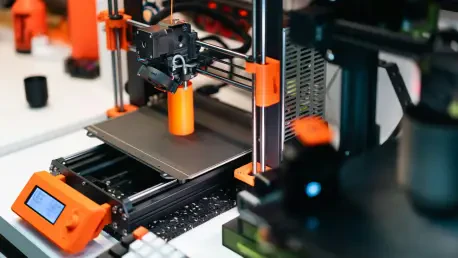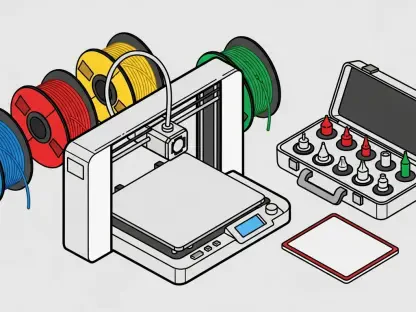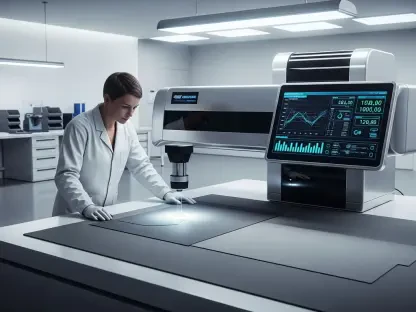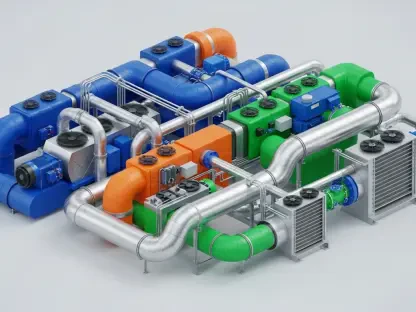Imagine a world where 3D-printed metal parts for critical applications, such as aerospace components or medical implants, can be produced with near-perfect precision, free from hidden defects that could lead to catastrophic failures. This vision is becoming a reality thanks to a groundbreaking initiative by the U.S. Department of Energy’s Oak Ridge National Laboratory (ORNL). Through its innovative Peregrine software, ORNL has released a comprehensive dataset designed to revolutionize quality control in additive manufacturing (AM), particularly in laser powder bed fusion (L-PBF). This development addresses a pressing challenge in the industry: ensuring the reliability and performance of 3D-printed parts amidst the complexities of the printing process. By providing a wealth of data that correlates manufacturing anomalies with mechanical outcomes, ORNL is paving the way for smarter, more reliable production methods. This advancement promises to elevate trust in AM technologies, making them viable for even the most demanding applications.
Advancing Real-Time Monitoring with AI-Driven Insights
At the core of ORNL’s contribution is the Peregrine software, which harnesses artificial intelligence to transform how defects are detected during the 3D printing process. This powerful tool analyzes images captured layer by layer, creating a detailed three-dimensional map of potential issues as they arise. By focusing on intricate details such as edges, lines, and textures through a custom algorithm, the software identifies anomalies in real time, enabling operators to make immediate adjustments. A standout feature is its Dynamic Multilabel Segmentation Convolutional Neural Network (DMSCNN), which integrates data from multiple sensors to pinpoint problems like spatter—molten material that can compromise a part’s integrity. This capability marks a significant leap forward in ensuring that issues are caught early, minimizing waste and enhancing the overall quality of printed components. The result is a system that not only detects flaws but also predicts their impact, offering manufacturers a proactive approach to maintaining high standards in production environments.
Building a Foundation for Industry-Wide Innovation
The dataset released by ORNL stands as a monumental resource for the additive manufacturing community, fostering collaboration and driving innovation in quality assurance. Compiled at the Manufacturing Demonstration Facility, it encompasses a vast array of information, including machine process parameters, sensor readings, high-resolution imaging, and post-print analysis data. This comprehensive collection allows researchers and industry professionals to develop advanced AI models for digital qualification, creating adaptive systems that respond to the unique challenges of AM processes. By making this dataset openly accessible, ORNL encourages a collective effort to tackle persistent issues such as internal defects and their effects on part performance. The collaborative spirit behind this release, involving experts from various groups within ORNL, reflects a shared commitment to pushing the boundaries of what’s possible in 3D printing. Ultimately, this initiative lays the groundwork for stronger, data-driven solutions that elevate the consistency and reliability of manufactured parts across diverse sectors.









